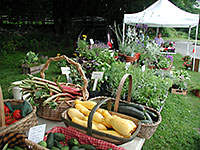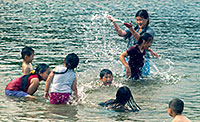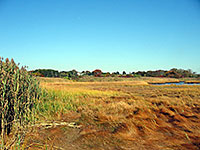Website content other than annual reports last updated May 31, 2013.

Open Space
The Narragansett Bay region is under intense development pressure. Rhode Island’s most recent land use plan, Land Use 2025 (PDF), points out that about a third of the land available for development in 1995 is now gone.
Rhode Island, Connecticut and Massachusetts have made a significant commitment to preserving open spaces through statewide and local bond referenda and by supporting the work of local land trusts.
The Narragansett Bay watershed is 1754 square miles (730 in RI, 1024 in MA). The Pawcatuck River watershed is 304 square miles (246 in RI, 58 in CT).
In Rhode Island, 234 square miles (22%) are protected/conserved and 534 square miles are undeveloped an unprotected.
Investments in land protection have multiple benefits including:
Water quality: Development and the accompanying increases in impervious cover have a significant impact on water quality. Lands immediately adjacent to waterways are protected by state regulations as coastal and riparian wetland buffers. Extending these buffer areas with protected, undeveloped land provides additional water quality protection.
Flood mitigation: We all remember the floods of March 2010 which displaced over 6,200 people, forcing more than 200 companies to close and causing damage to public infrastructure including roads and sewage treatment plants. The economic loss to the state was enormous. Undeveloped floodplains reduce the risk of flood damage to other areas of the watershed.
Farms: Today less than 7 percent of Rhode Island - about 40,000 acres - is in active agriculture and only ¼ of the farmland is protected. In fact since the 1940s, Rhode Island has lost more than 80% of its farmland to development. Preserving working farms contributes to the local and state economy, community character, quality of life, local food production and food security. More information on protecting agricultural lands on the RI Land Trust Council website.
Parks: Investments in parks and recreational areas provide urban, suburban and rural citizens with access to playing fields and play grounds, which is an investment in our mental and physical health, as well as that of our children.
Open Space: 2012 Assessment
Status and Trends:RI has made significant investments in land conservation. But land use continues to sprawl.
Management:There is on-going public support for protecting land for water quality protection, farm protection, wildlife habitat and recreation. Stewardship of protected land is a challenge, but it is receiving increasing attention. Ensuring permanent protection of preserved lands is also a priority.
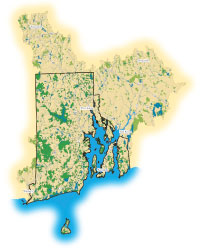
Protected Open Space in the Narragansett Bay Watershed
View/download as a letter size map in Adobe Acrobat format (PDF)
6.5 MB
Source: Kevin Ruddock, The Nature Conservancy
Workshop Documents (in Adobe Acrobat format)
February 23, 2012 Workshop
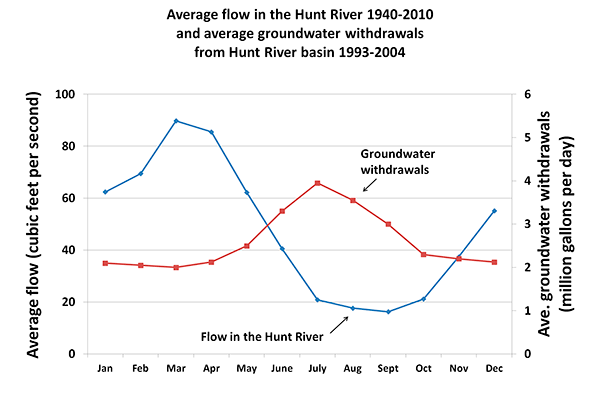
Data: Rhode Island Water Resources Board
